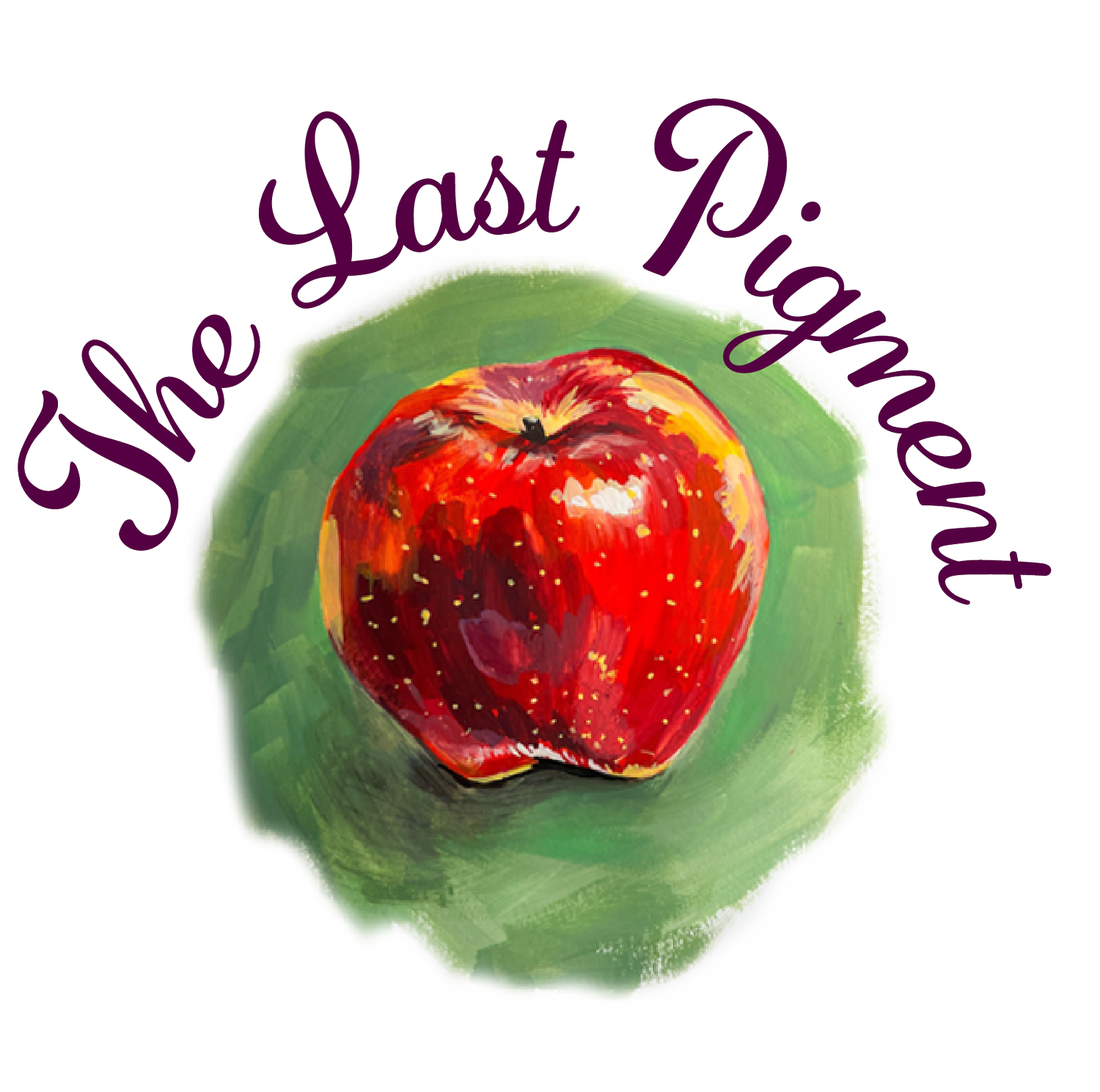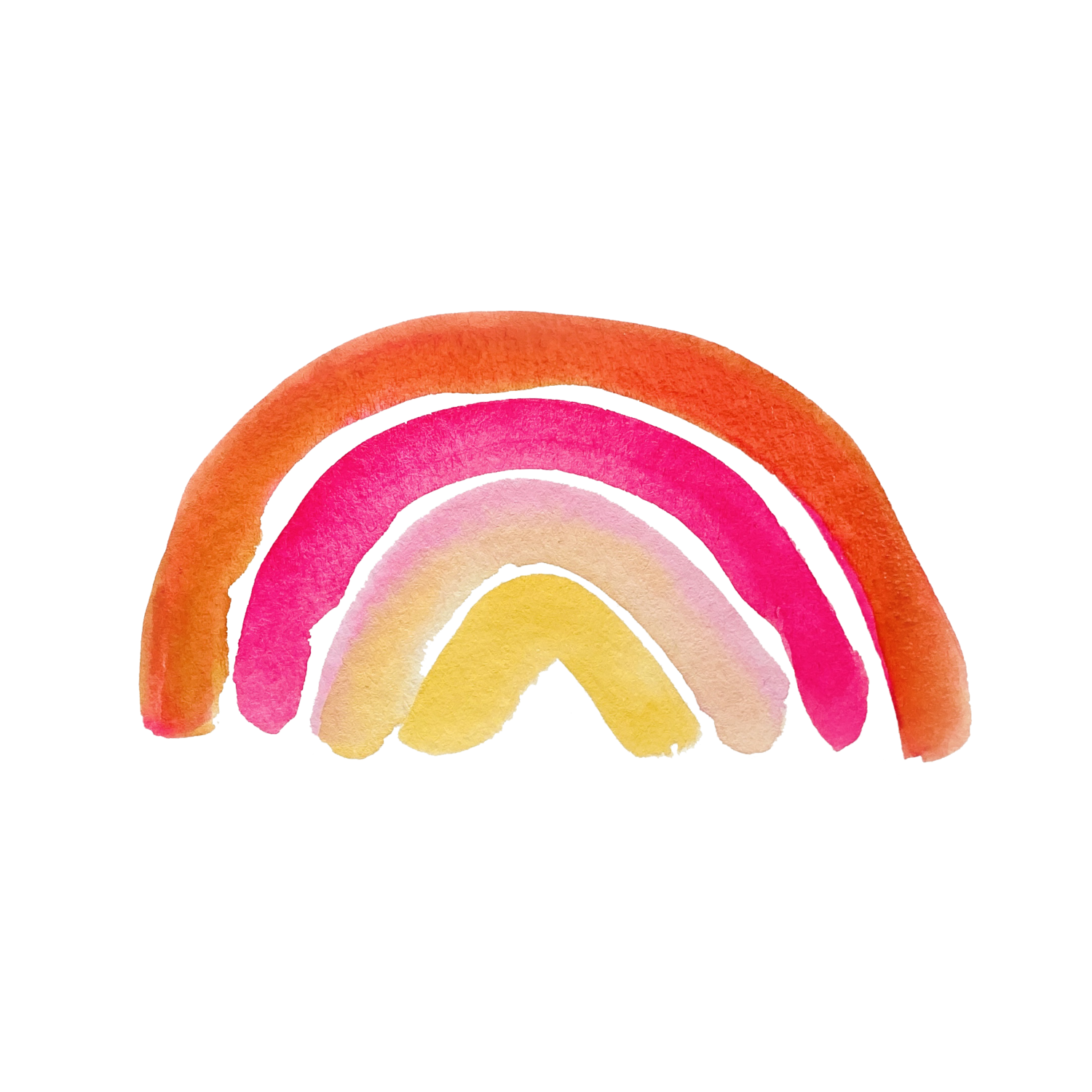Steps to Becoming a Full-Time Artist and Illustrator
The path to becoming a full-time artist or illustrator is not a straight line. The key to really becoming a professional artist is less about becoming an expert at being an artist and more about having a signature style. You will want to get really good at a specific art process and do it over and over again.
While working towards your new goal of becoming an artist, you may want some resources to get better at art. I recommend the following learning resources to gain skills in different areas.
Develop Your Skills:
Carving out time for learning and practice
Expert art courses online and in person
Master studies
Every artist who wants to sell their work must create a portfolio or body of work. This physical collection of work communicates to the viewer what your work is about and the messaging you are trying to convey.
The first step would be to build a calendar with actionable steps. Maybe your plan is 6 months out or maybe you are planning the transition to be a year. Every artist is different and for some it takes years. Don't get discouraged if you have to adjust your plan based on life events. Below are needed foundational steps to becoming a full-time artist.
Create a Portfolio:
Build a strong portfolio of your best watercolor paintings or illustrations to showcase your talent and style.
Include a variety of subjects and styles to demonstrate your versatility as an artist.
Study artists you know who are successful and see how they do the photography for their products and portfolio. One great example is Jenna Rainey’s course on art photography called Photograph Your Artwork.
Network and Connect:
In person: you can attend art exhibitions, workshops, and local art events to meet fellow artists and art enthusiasts.
Online: there are many art communities and social media platforms to share your work and connect with a wider audience. I suggest picking a 1-2 platforms and focusing on those. Don’t try to post to 8 different social media platforms. At the beginning of your career, it’s more important to develop your art skills.
Establish an Online Presence:
Create a website or online portfolio to display your artwork and provide information about your artistic journey.
Use social media platforms to share your work regularly and engage with your followers. Social media can be a major waste of time if it’s not limited. I suggest thinking of this platform as a space to talk about your work and engage with like minded individuals.
Find Your Niche:
Identify your unique style or niche within watercolor painting that sets you apart from other artists. What this really means is you are coining a signature style or voice within your work. Niche is more about subject matter and voice is about style. You’ll need both in order to stand out.
Explore different themes and subjects until you discover what resonates with you and your audience. Exploration is a great way to keep your body of work feeling new to your audience.
Pricing and Selling Your Art:
Research pricing strategies for your artwork. Consider factors like size, complexity, and your reputation as an artist.
Explore different avenues for selling your art, such as art galleries, online marketplaces, or even commissions.
Financial Planning:
Transitioning to a full-time career in art can be financially challenging. Create a budget and plan for the transition period. I highly recommend creating a savings account just for this transition. Give yourself enough time to transition and don’t make the decision until it’s right. Not every person is in the position to completely dump their day job and become an artist.
Consider part-time work or freelance opportunities to supplement your income while you establish your art career.
Marketing and Promotion:
Develop a marketing plan to promote your art. This may include creating a mailing list, sending newsletters, and participating in art exhibitions. Marketing sounds big and complicated if you have not worked in marketing before. However, self promotion is marketing.
Collaborate with other artists or businesses for joint promotions and exhibitions.
Persistence and Patience:
Building a successful career in art takes time and persistence. Be prepared for setbacks and rejection, but don't give up.
Continuously improve your skills and adapt to changing trends in the art world.
Seek Mentorship:
Consider finding a mentor or seeking guidance from experienced artists who can provide valuable insights and advice.
Learning Platforms
Skillshare
Domestika
Remember that the transition to a full-time career in watercolor painting can be a gradual process, and success may not come overnight. Stay dedicated to your craft, keep learning and evolving as an artist, and embrace the journey as you work towards your goal.


